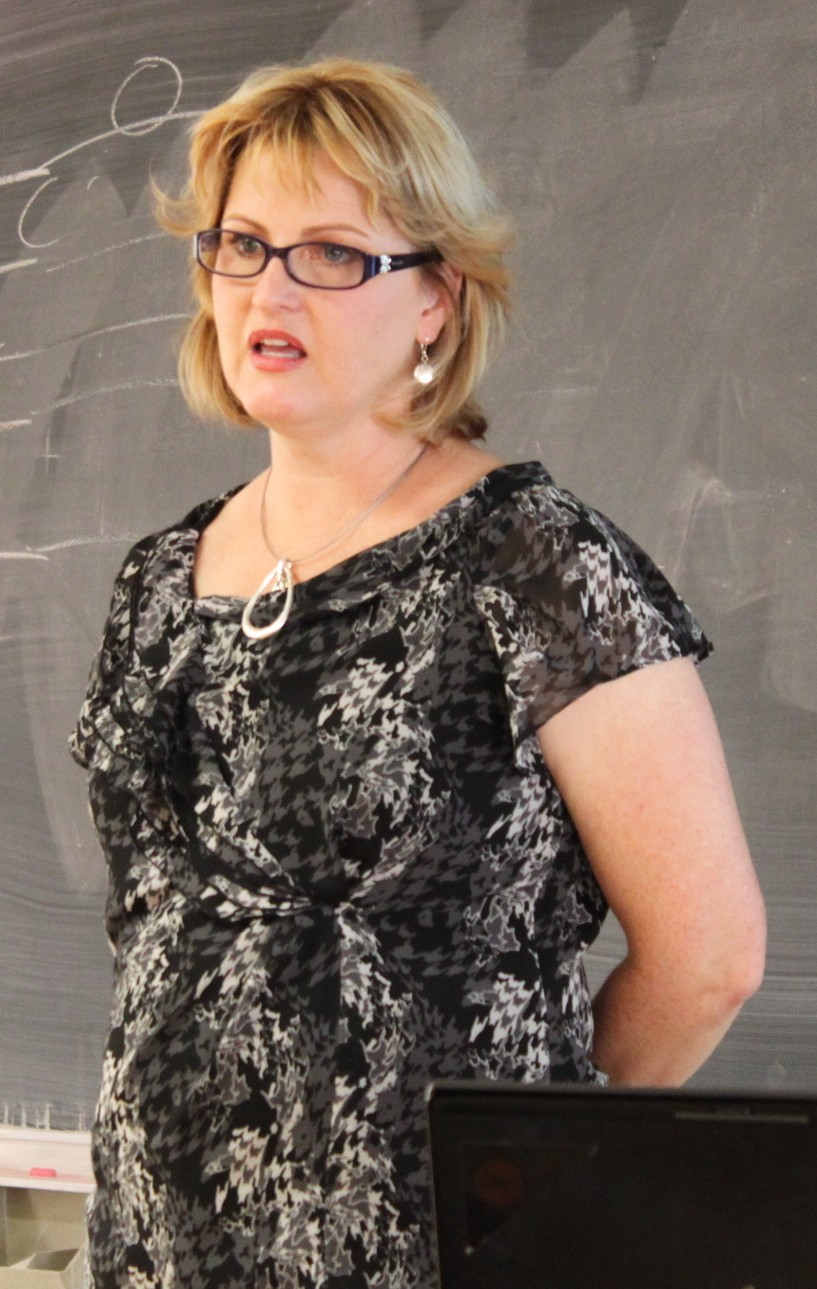 Last weekend, we had a wonderful conference at Virginia Tech, 'Contemplative Practices for a Technological Society'. Here is summary of my notes that pertain to including contemplative practices in higher ed (engineering and science only) from that conference:
Last weekend, we had a wonderful conference at Virginia Tech, 'Contemplative Practices for a Technological Society'. Here is summary of my notes that pertain to including contemplative practices in higher ed (engineering and science only) from that conference:
(Note: I am in process of writing down all my notes from this conference in a separate blog and will share it here in this post, in this space, as soon as it is ready. This conference was indeed an overload of wisdom, precious tools and experiences! Bliss!)
In Engineering Curricula:

1. Dr. David Levy, Univ. of Washington, of "You're distracted! This professor can help" fame was one of the invited speakers and panelist for this conference. He is incorporating mindfulness in his students by helping them be more aware of their behaviour and efficiency as they multi-task through a course that he offers.
( Fellow GEDIs, remember the test that Dr. SF made us do in our GEDI class on multi-tasking? 'write series of unusual numbers {subtract 7 from 100 and so on...} and answer questions based on what she was reading at the same time?)
Well, when Dr. Levy realized the subtlety of multi-tasking and task-switching, he plunged into researching ways to increase productivity and wellness as we continue to switch tasks rapidly. He found his answer in using techniques like meditation, being mindful, having more self-awareness.
He shared his story that when he left his thinking-intensive job and came over to academia, he realized that he was not really thinking deeply, (the way he did in his previous job.) Thereupon, started his journey onto finding task-switching as a challenge and mindfulness as a tool.
He designed and conducted a study (snapshot on left) that showed subjects were more efficient/productive, less stressed, happier at doing a secretary-sort of high-stress work, which was designed to demand intense task-switching, when they were trained in mindfulness.
Here was a scientific proof for what many people already preached and practiced Dr. Levy then went ahead and devised a course for helping students become more mindful of their activities. (More about this course, and its story here. It is definitely worth reading + I am ensuring that I do not reiterate what has already been written there, despite being talked about at the coference.) They observed that when people are mindful, they are less likely to be distracted by interrupting emails, focus longer, are happier with their work, and more productive.
2. Dr. Roop Mahajan, Virginia Tech, held out a visionary challenge to engineering education
system. He emphasized on the role that contemplative practices play talked about completely transforming engineering education by offering degrees in Mechanical Engineering and Mindfulness, or XYZ engineering and Mindfulness. He took the example of Mechanical Engineering and laid out a curricula for Mechanical Engineering that was actually in compliance with ABET and was flexible to accomodate each student's interest. Wooh! Imagine Department of Civil Engineering and Mindfulness!
He emphasized how companies too realize that there productivity depends a lot on how focussed and well their employees are. He justified that such an engineering degree would be a cutting edge sword for any university that takes the lead and starts offering them.
The discussion then went onto stress that Univs offer experience that MOOCs dont. And, it is high time that mindfulness is added that experience!!
 3. Diann Brei, Design Science, Univ of Michigan: Dr. Diann started with admission that she wears too many hats and believes that she does not practice mindfulness. However, she is convinced that Tree of Contemplative Practices and practice it.
3. Diann Brei, Design Science, Univ of Michigan: Dr. Diann started with admission that she wears too many hats and believes that she does not practice mindfulness. However, she is convinced that Tree of Contemplative Practices and practice it.mindfulness is important and has the potential to be very useful for her students, and so she does introduce her students to contemplative practices and infact, one of the assignments they have is to pick one activity from the tree and practice it.
As Program Chair of Design Science centre at University of Michigan, she ensures that mindfulness is practiced in there.
One extremely striking practice that she talked about and is proud of is bringing in liberal arts and science together. She talked about how every science/engr. based research group under the wing of Design Science has at least one 'arts' graduate student. This has to her experience blown off the perceived limits of creativity and has enriched the experience of everyone in Design Science!
This is all for now! In Part 2, I will share my notes of contemplative practices in higher ed that are not limited to science and engineering!
Namaste!



No comments:
Post a Comment